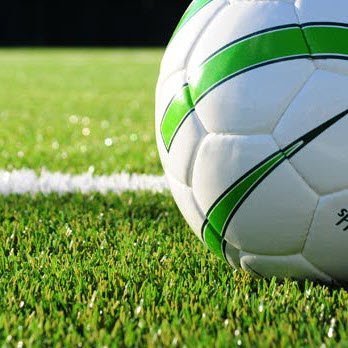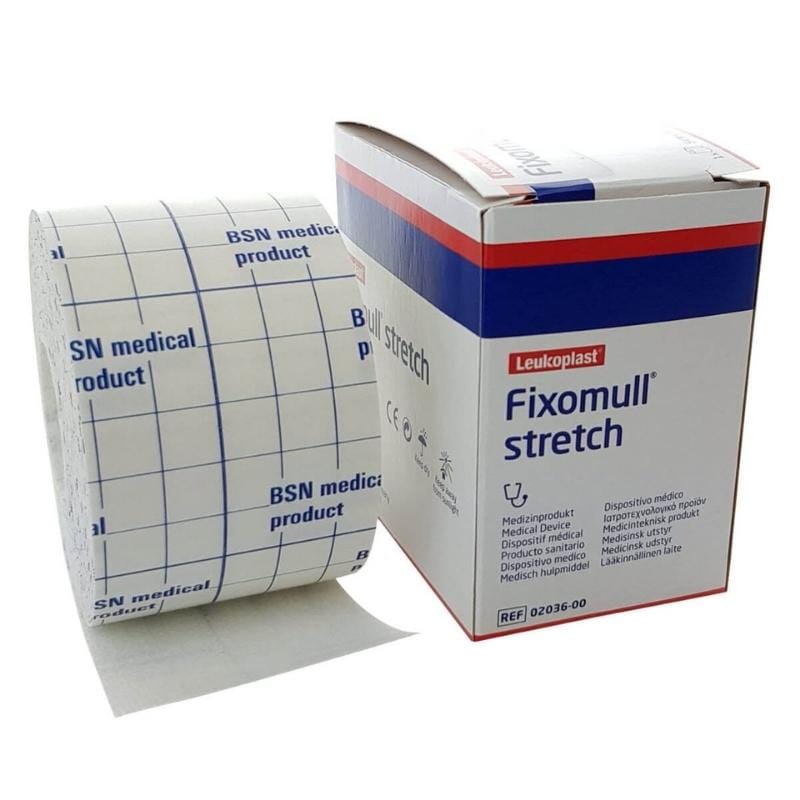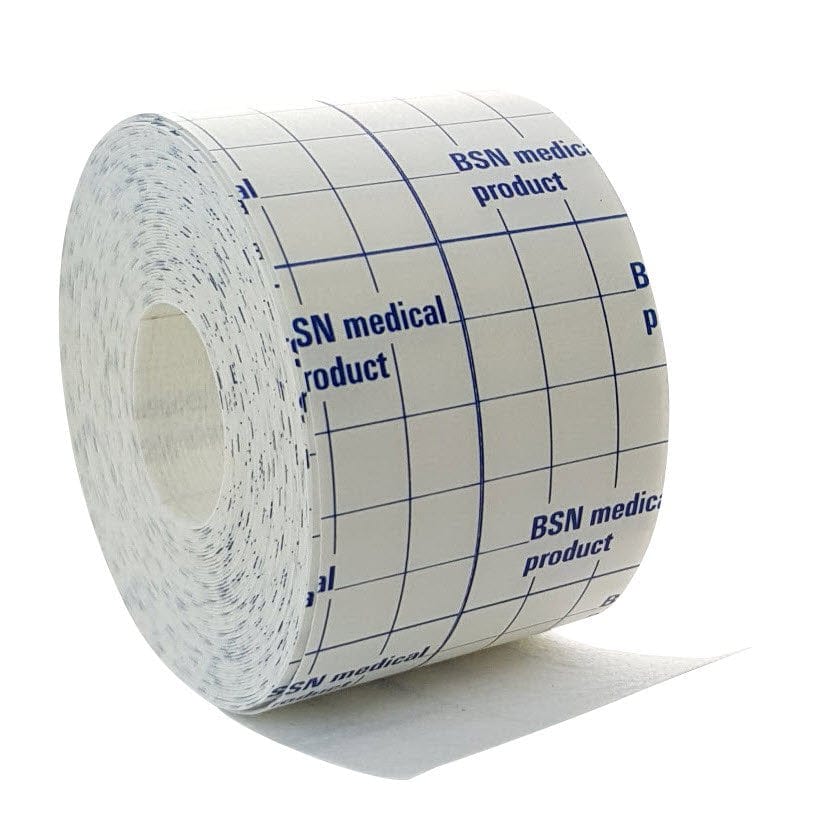The synthetic pitch conditions at the 2015 Womens World Cup in Canada are proving too hot to handle, reported Dominic Bossi from The Sydney Morning Herald.
Matildas striker Michelle Heyman slammed the conditions of the playing field where the synthetic turf is absorbing heat at a rapid rate due to the rubber and other materials.

The synthetic pitches have come under fire at the 2015 Women's World Cup in Canada Image credit: http://www.matrix-turf.com/sports/soccer-turf/
On reading about the Matilda's plight, I wondered how they might be managing their feet. And specifically how I would manage this problem if I was involved. I'm not involved and I have no information outside what has been reported. But let's read between the lines and figure out what the Matilda's are suffering with. What mistakes they made. And how they should manage it.
Michelle Heyman made the following comments about the synthetic pitch and the effect on the feet:
1. You can’t really get a grip so your feet are sliding around in your boots because they’re that hot and kind of sweaty.
So the high temperatures are causing their feet to perspire significantly more. Moist skin exhibits high friction (grip), very wet skin exhibits low friction (slippery). If the whole foot is slippery, there's no traction and their feet will be sliding around more in their boots. This is bad because it degrades the mechanical efficiencies essential for the explosive accelerations, decelerations and changes in direction in a game like soccer (sorry, football!).
2. You wouldn’t want to see the bottom of our feet after a game. They just turn white. The skin is all ripped off. It’s pretty disgusting.
White skin that looks ripped off suggests maceration. Maceration is waterlogged skin. It's not blistered skin, but it is weakened skin. You know how your skin goes wrinkly when you've been in the bath (or pool or ocean) too long? That's the start of maceration. Stay in longer and your skin turns white as it gets more and more waterlogged. Now imagine doing what the Matildas do during a game. All that sprinting and sudden decelerating and changing direction! On this very weakened skin! The skin will easily tear. The excessive perspiration from the hot synthetic pitch is causing maceration.
Maceration presents as white wrinkly skin which is weak and tears easily. It's common in ultrarunning, where this image comes from. Image credit: ajwsblog.blogspot.com
If there was blistering, you wouldn't describe it as "white" and "ripped off". Blisters are fluid-filled. If they're torn and deroofed, the skin is red and raw. And painful. So my guess is the Matildas are not suffering from friction blisters. And I very much doubt they are suffering from thermal burn blisters (remember these two blisters are very different entities). If you get a blister from a burn, you've actually got a second degree burn. I think the Matildas are suffering with severe maceration.
3. It’s like walking on hot coals with your skin ripping and slowly cracking, constantly.
There is a stage just before a blister called a hot-spot. It's a short duration (not ongoing) sensation of heat. Then the blister forms. But, "slowly cracking" skin describes maceration more than it does blisters.
No doubt their feet are getting very hot from the synthetic surface! The sole of the shoe, innersole and sock are not providing enough thermal insulation from the synthetic pitch. It's causing the foot to sweat more. The skin is getting soggy and it's tearing due to the rigors of the game.
Further to this, Dominic Bossi reported:
Issues with sports manufacturer sponsorship deals have also hindered the Matildas ability to prepare for the match with players denied use of specific sports socks that assist with such conditions.
The players were not allowed to use popular grip socks of a rival sports manufacturer to the kit provider of the national team due to a conflict with commercial partners. The grip socks are widely used in football codes with players cutting off the bottom of their uniform socks at the ankle but the Matildas were not permitted to wear these during the World Cup as the grip socks branding is visible around the ankle.
What socks were they not allowed to wear? I assume it was the Trusox (or similar). They have been popular in the recent few years with soccer players. Because they give the foot more traction within the sock and within the shoe - a good thing for sports with explosive accelerations, decelerations and changes in direction. The sticky pads on the outside and inside of the sock increase the friction level (and therefore traction) at both the:
- Skin-sock interface
- Sock-shoe interface
Trusox have grippy pads on the inside and the outside of the sock (ie: They increase friction at the shoe-sock interface and the sock-skin interface)
Do Trusox mitigate heat transfer from the synthetic pitch?
And do they deal with sweat any better that other socks?
The sticky pads may go some way to reducing the transfer of heat to the foot. I haven't seen these socks so I don't know how thick the pads are. But it is doubtful that they deal with sweat any better than a standard moisture-wicking sock. I say that because this is the fibre content listed for the Trusox:
- 60% nylon
- 39% cotton
- 1% spandex
Everyone by now knows cotton is the worst fibre for moisture management. But that's another article entirely.
Regardless of how they work, it seems ridiculous (though not uncommon) that sponsorship dollars take precedence over player comfort and performance! But if this was known at the outset, the players should have been training in the socks they were to wear during the competition. It seems from the Sydney Morning Herald article that they did not. This would have allowed them the advantage of the adaptive skin changes that take place when you subject the skin to repeated bouts of frictional force.
Here's a word about how the players have been managing this
The Matildas have been dealing with the pain by covering their feet with blister soothing bandages during and after matches.
Candice Freeman from Sportsgirlz
Aussie's Kyah Simon and Leena Khamis training on synthetic turf in Edmonton at the 2015 Women's World Cup.
I wonder what these soothing bandages are? I wonder because I'm not even sure of the best way to deal with macerated skin and the associated tearing. Presumably covering the skin only prevents the evaporation of moisture, which seems counterproductive. Unless there are special drying dressings in use. As a podiatrist, we use absorptive dressings like Alginates (eg: Kaltostat) to absorb excessive weeping or exudate from ulcerations. But I've not heard of anything like this being used in sports medicine. And I'd really like to know. Because maceration is a difficult problem that I'm involved with in ultrarunners.
Maceration in ultramarathon
John Vonhof from fixingyourfeet.com and I had a conversation about this recently. John provides foot care support at many of the big races around the world, like the Jungle Ultramarathon in Brazil. In these multistage races, runners have time between stages where they could be maximising the drying effect of macerated skin, in preparation for the following days running. As far as I'm aware, the current strategies are:
- Time and a warm dry environment - the default management plan, but can we accelerate it?
- Talc powder - it absorbs moisture but is known to increase friction.
- Water-repelling lubricants (eg: Hydropel and similar) - This won't work because lubricants degrade traction, which is the very reason soccer players like the sticky socks.
- Applying benzoin - definitely has a drying effect but significantly increases friction when applied to skin (it's used as an adhesive-enhancer under tapes and dressings). It's sometimes injected into drained blisters (very painful) to encourage the blister roof to adhere to the blister base. You may know benzoin as Friars Balsam, TBCo or Compound Benzoin Tincture.
- Taping or dressings over the macerated skin to try and hold it together - will reduce the shear load on weakened skin but prevent evaporation and can worsen maceration.
Conclusion
From my outside perspective:
- I suspect the problem is more one of maceration, with blisters being a secondary issue.
- Assuming nothing changes with synthetic pitch surfaces, athletes can at least train in the socks they will be competing in to help the skin adapt.
- The interplay between corporate interests and the health of players needs refinement in this very narrow issue of sock selection.
- In cases where skin maceration is unavoidable, how can we best accelerate skin drying and maintain skin shear strength.








